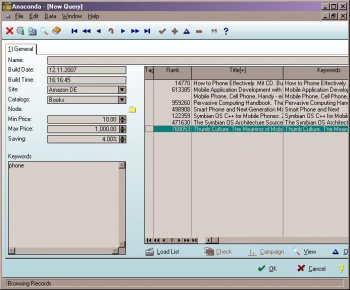


Python's Beginners Guide for Non-Programmers The tutorials on this page are aimed at people who have previous experience with other programming languages (C, Perl, Lisp, Visual Basic, etc).
#ANACONDA WEBSITE SOFTWARE#
Offered by Software Carpentry, this set of online tutorials provides a basic introduction to scientific computing with Python. Quick start guide from Anaconda's website You can still add Anaconda to the PATH environment variable during a Just Me installation. This was done to address a security exploit. Python's open source availability enhances research reproducibility and enables users to connect with a large community of fellow users. As of Anaconda Distribution 2022.05, the option to add Anaconda to the PATH environment variable during an All Users installation has been disabled. Because Python can be used in a wide variety of applications, even beyond scientific computing, users can avoid having to learn new software or programming languages when new data analysis needs arise. Python and Anaconda support a variety of processes in the scientific data workflow, from getting data, manipulating and processing data, and visualizing and communicating research results. For more information, see the Anaconda homepage. Anaconda includes Python 2.7/Python 3.4 and cross-platform Python packages, as well as tools for integration with Excel. For more information, see the Python FAQ page and the Python Numeric and Scientific Wiki.Īnaconda is free Python distribution, including over 195 of the most popular Python packages for science, math, and data analysis. Python is an open-source, object-oriented programming language, particularly well-suited for scientific computing because of its extensive ecosystem of scientific libraries and environments.


 0 kommentar(er)
0 kommentar(er)
